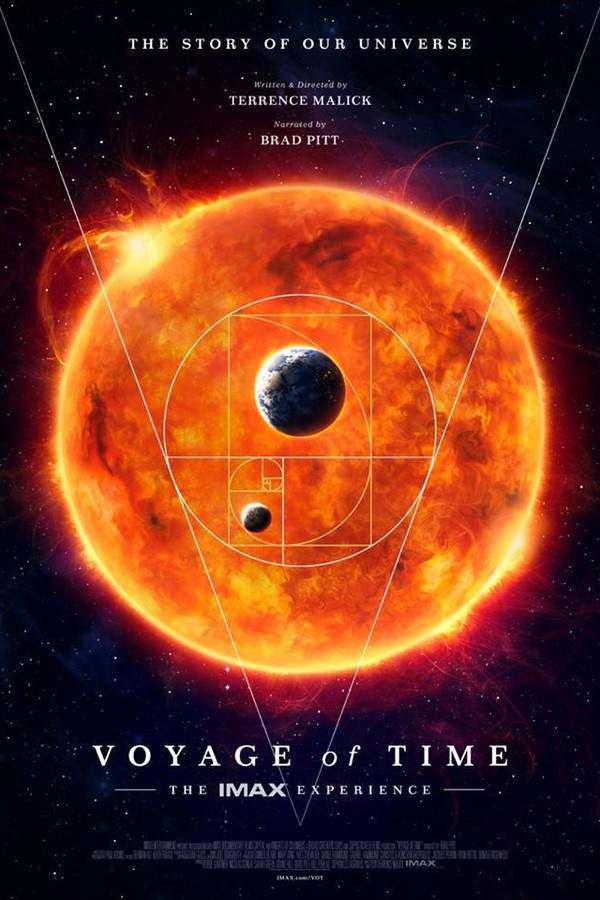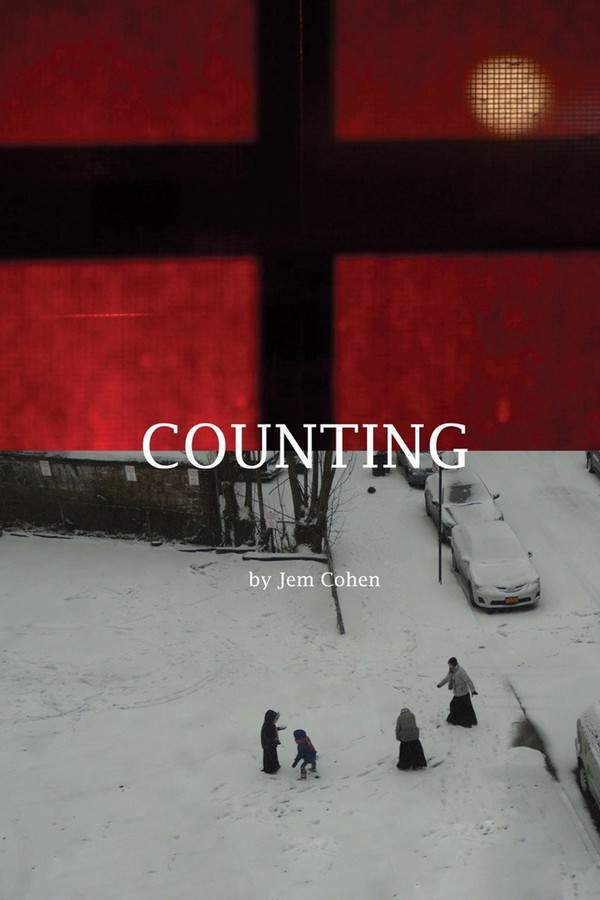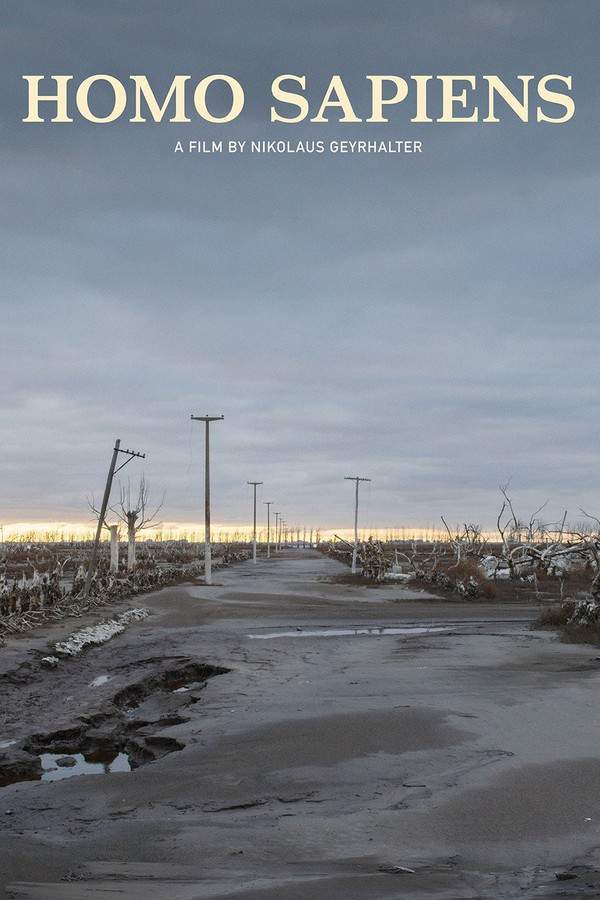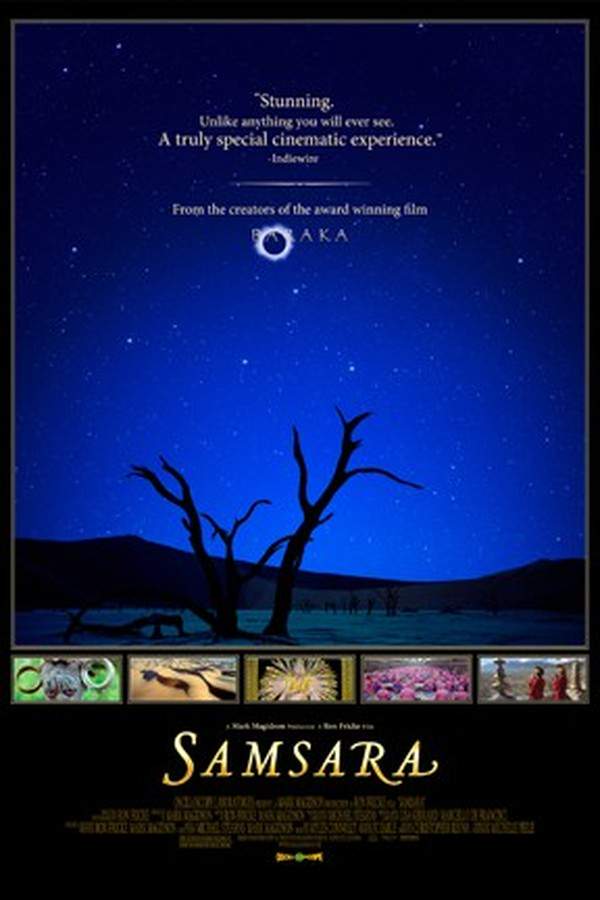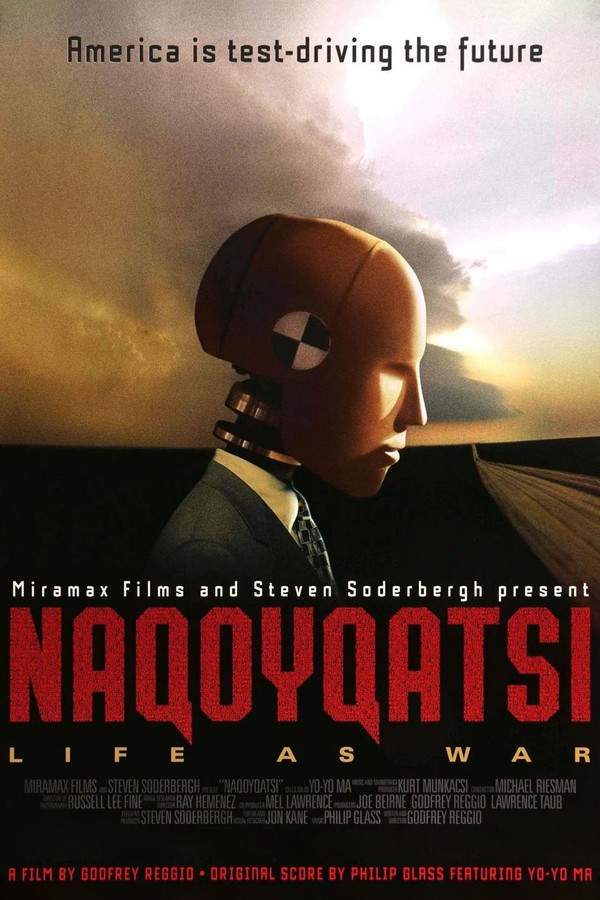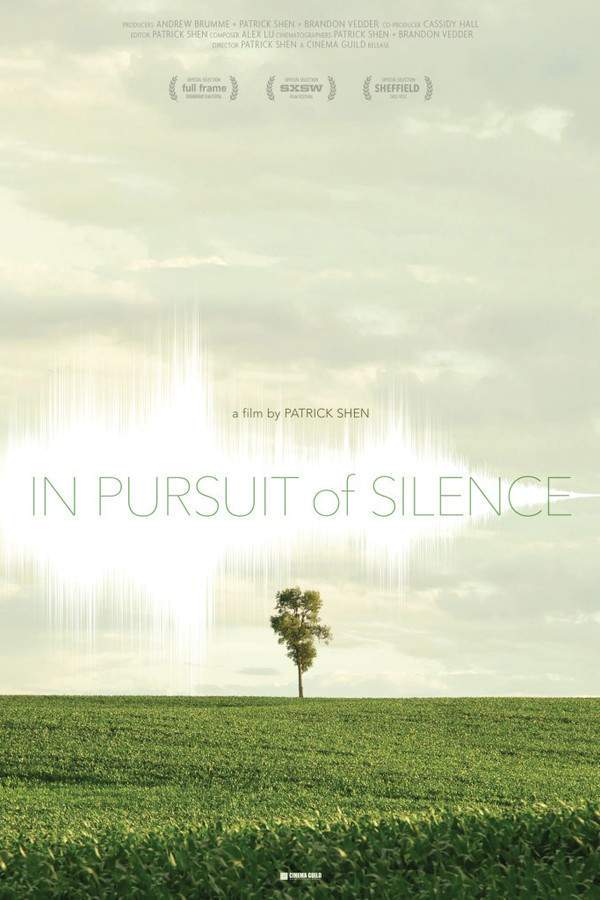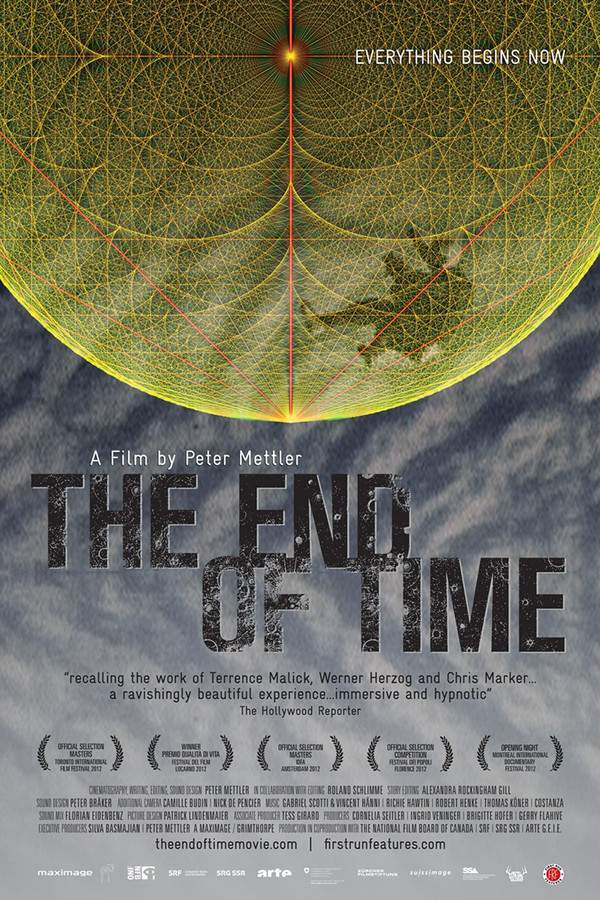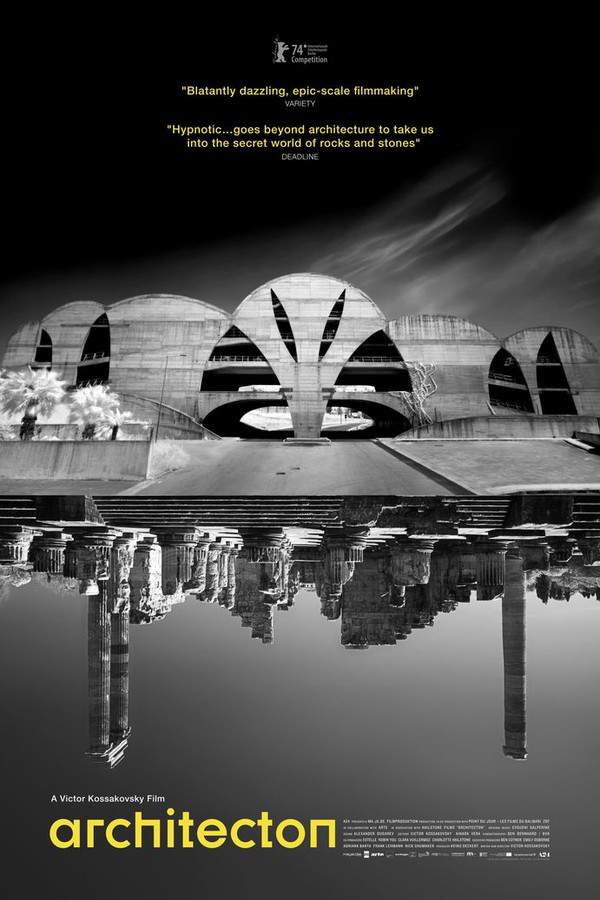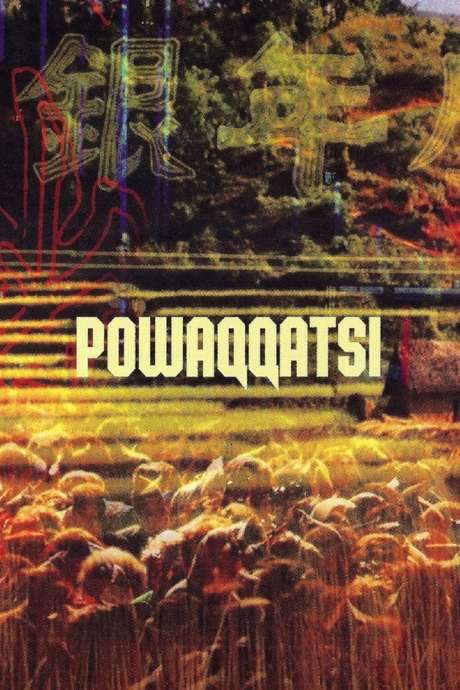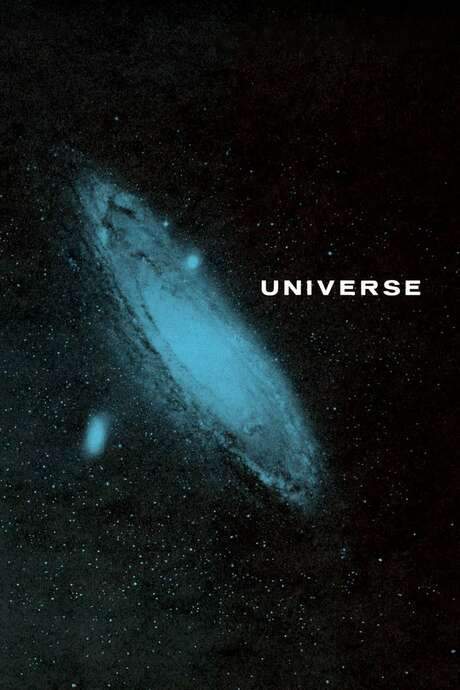Koyaanisqatsi 1983
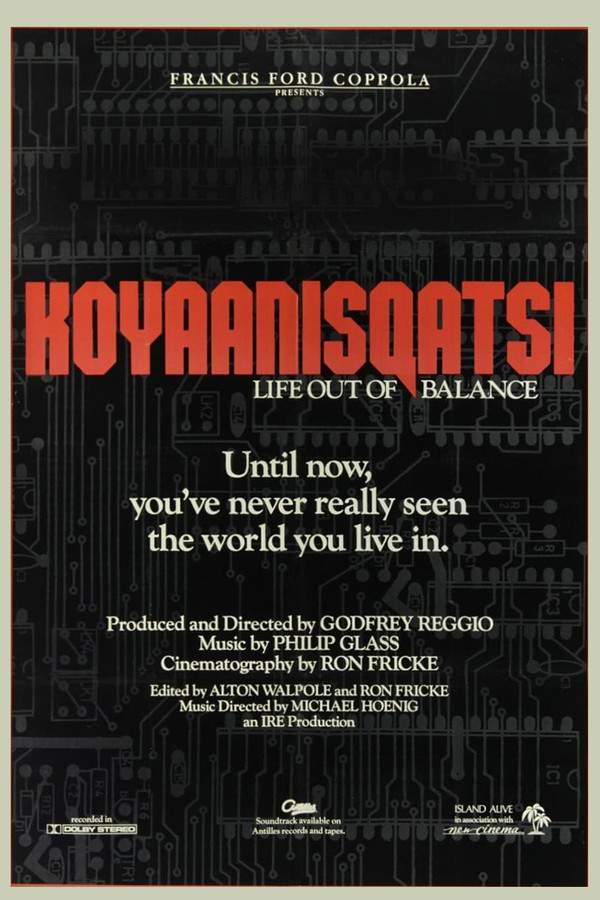
A powerful and wordless film presents a stark contrast between the beauty of the natural world and the accelerating pace of modern civilization. Breathtaking landscapes and elemental forces are juxtaposed with scenes of urban life and technological advancement. Through manipulated time-lapse photography and a soaring musical score, the film offers a visual critique of humanity's disconnection from nature and the overwhelming dominance of technology in contemporary society.
Does Koyaanisqatsi have end credit scenes?
No!
Koyaanisqatsi does not have end credit scenes. You can leave when the credits roll.
Meet the Full Cast and Actors of Koyaanisqatsi
Explore the complete cast of Koyaanisqatsi, including both lead and supporting actors. Learn who plays each character, discover their past roles and achievements, and find out what makes this ensemble cast stand out in the world of film and television.
External Links and Streaming Options
Discover where to watch Koyaanisqatsi online, including streaming platforms, rental options, and official sources. Compare reviews, ratings, and in-depth movie information across sites like IMDb, TMDb, Rotten Tomatoes or Metacritic.
Ratings and Reviews for Koyaanisqatsi
See how Koyaanisqatsi is rated across major platforms like IMDb, Metacritic, and TMDb. Compare audience scores and critic reviews to understand where Koyaanisqatsi stands among top-rated movies in its genre.

72
Metascore
8.1
User Score


91%
TOMATOMETER

91%
User Score

8.2 /10
IMDb Rating

79
%
User Score
Take the Ultimate Koyaanisqatsi Movie Quiz
Challenge your knowledge of Koyaanisqatsi with this fun and interactive movie quiz. Test yourself on key plot points, iconic characters, hidden details, and memorable moments to see how well you really know the film.
Koyaanisqatsi Quiz: Test your knowledge on the visual and auditory journey of Koyaanisqatsi.
What does the title 'Koyaanisqatsi' signify?
Life in harmony
Life out of balance
Life is beautiful
Life is complex
Show hint
Full Plot Summary and Ending Explained for Koyaanisqatsi
Read the complete plot summary of Koyaanisqatsi, including all major events, twists, and the full ending explained in detail. Explore key characters, themes, hidden meanings, and everything you need to understand the story from beginning to end.
Opening with a sense of solemnity, the screen is black, accompanied by minimal titles. The sound of priests chanting the word Koyaanisqatsi resonates over a rather melancholic organ melody. This introduction might evoke thoughts of a requiem as we contemplate ancient cave paintings from days gone by.
The scene shifts to bubbling fires at what seems to be an industrial site, where the music swells to incorporate a soprano line that weaves through the organ’s tones. A slow-motion spectacle unfolds as we witness the take-off of a rocket, illuminated by a fiery blaze. The perspective transitions to a majestic view of mountain ranges, captured possibly from an aircraft. Rich geological formations, reminiscent of the Grand Canyon, come into focus.
As we move into the second movement, an imploring sound akin to a siren fills the air, conveying a sense of distress. This gradually softens, allowing us to observe the contours and colors of the rocks—formations that stand in stark contrast to pebbles and hint at the desert landscape devoid of human presence. The music introduces a more hopeful note, encouraging us to see the stunning beauty of the plains and desert landscapes.
With each movement, we hear the music evolve, leading to steam rising from volcanoes or possibly geysers, the soundscape becoming richer with string instruments evoking an elegiac quality. Shadows shift across expansive hills and valleys, as we catch glimpses of bats flitting within a cave before fading to black.
In the third movement, a serious rasp underscores the appearance of dark clouds on the horizon, followed by torrents of water cascading down a waterfall, perhaps even Niagara Falls, glimpsed from above. The once stormy atmosphere yields to a bright trumpet solo, signaling a return to a more vibrant state, but the seriousness is never far behind as the waves crash back to the beginning.
As we enter the fourth change, exhilarating music accompanies us on a plane ride through turbulent valleys, while colorful farm fields rush by beneath. A wonderful blend of brass and instruments conveys affirmation, encapsulating the emotions of this vast journey. We now pass footage of a quarry being blasted—intense yet contained—as a character is introduced.
This figure arrives in a van that spews polluting black smoke, set against a backdrop of grand bridges and pipelines stretching toward infinity. The organ’s shrieks forewarn of the piercing visual of crisscrossing pylons and smoke from cooling towers of a power station. The frenzy intensifies with footage of an oil refinery, where explosions synchronize perfectly with the driven music.
In a moment of juxtaposition, sunbathers lounge close to the power station, oblivious to the choir of angels observing their actions. A whimsical sight of reflections from clouds on the facade of a towering office building accompanies our contemplation of an airplane, which momentarily resembles an angry human face.
As we navigate the sixth transition, repeated scales echo the bustling roads below, crafting a thrilling experience of driving amidst a concerned angelic choir your humanity’s plight. The close-ups of vehicles imbue them with a certain personality, transitioning to scenes of military might—aerial views of tanks juxtaposed with fighter planes that hint at impending conflict.
In New York City, shadows of clouds sweep overhead in utter silence while glimpses of the Hudson River evoke memories of journeys taken. The haunting sound of a cello perfectly aligns with the image of derelict buildings, where a broken fire hydrant tells tales of neglect and despair.
As we progress, trumpets sound an urgent call, flying over rows of identical blocks, and the detonation of buildings looms large. Explosions erupt rhythmically, conveying a destruction that leaves debris raining down. Our focus returns to an ominous sky, strings crescendoing to indicate divine displeasure as we survey the city, a throbbing epicenter of humanity on the brink. This visual and auditory tapestry concludes at minute 39, hinting at more to unravel.
Uncover the Details: Timeline, Characters, Themes, and Beyond!

Coming soon on iOS and Android
The Plot Explained Mobile App
From blockbusters to hidden gems — dive into movie stories anytime, anywhere. Save your favorites, discover plots faster, and never miss a twist again.
Sign up to be the first to know when we launch. Your email stays private — always.
Watch Trailers, Clips & Behind-the-Scenes for Koyaanisqatsi
Watch official trailers, exclusive clips, cast interviews, and behind-the-scenes footage from Koyaanisqatsi. Dive deeper into the making of the film, its standout moments, and key production insights.
Koyaanisqatsi Themes and Keywords
Discover the central themes, ideas, and keywords that define the movie’s story, tone, and message. Analyze the film’s deeper meanings, genre influences, and recurring concepts.
Koyaanisqatsi Other Names and Titles
Explore the various alternative titles, translations, and other names used for Koyaanisqatsi across different regions and languages. Understand how the film is marketed and recognized worldwide.
Articles, Reviews & Explainers About Koyaanisqatsi
Stay updated on Koyaanisqatsi with in-depth articles, critical reviews, and ending explainers. Explore hidden meanings, major themes, and expert insights into the film’s story and impact.
Similar Movies To Koyaanisqatsi You Should Know About
Browse a curated list of movies similar in genre, tone, characters, or story structure. Discover new titles like the one you're watching, perfect for fans of related plots, vibes, or cinematic styles.
Quick Links: Summary, Cast, Ratings, More

What's After the Movie?
Not sure whether to stay after the credits? Find out!
Explore Our Movie Platform
New Movie Releases (2025)
Famous Movie Actors
Top Film Production Studios
Movie Plot Summaries & Endings
Major Movie Awards & Winners
Best Concert Films & Music Documentaries
Movie Collections and Curated Lists
© 2025 What's After the Movie. All rights reserved.














